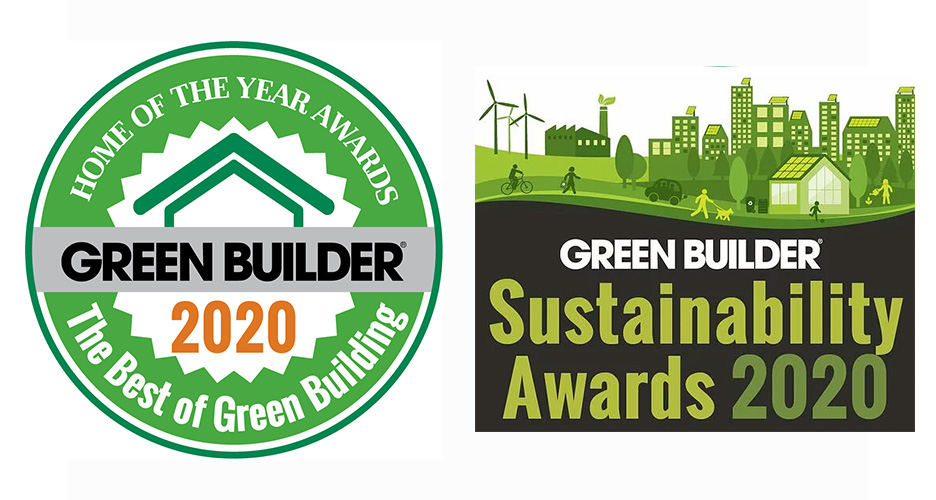
Green Builder Media is on the hunt for the best green homes that include sustainable features, innovative design, and whole home performance. Categories for the Green Home of the Year Awards are: General, Mainstream Green, Alternative Building Technology, Off-site Construction, Small Footprint Living, and Sustainable Community.
2019 projects were located all around the country - the Pacific Northwest, New York, Colorado, Hawaii, and Texas.
This will also be the second year of their Sustainability Awards offering recognition for Green Innovation of the Year, Best Municipal Program, and Sustainability Superhero - last year, Nathan Good of Nathan Good Architects in Salem, Oregon, was awarded this recognition.
Winners will receive coverage in the January/February 2020 issue of Green Builder magazine. A qualified panel of builders and design professionals will review entries and winners will be notified in December. Entries must be received no later than October 11, 2019 at...
read more